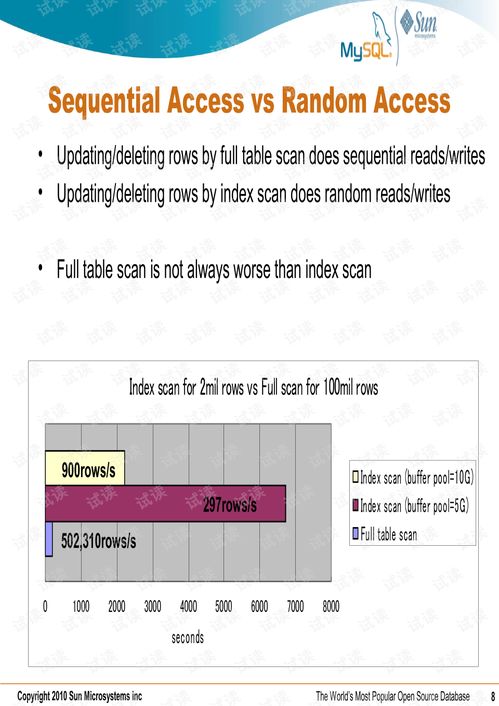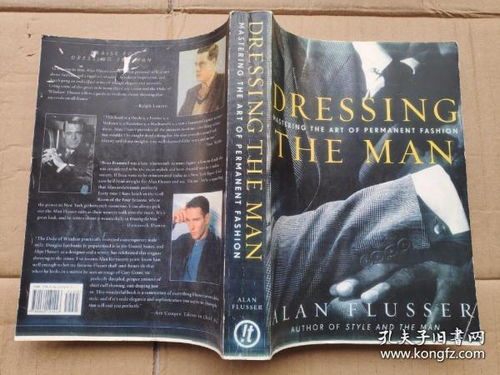Introduction:
Floater fishing, also known as "浑水钓鱼" in Chinese, is a popular technique used by anglers to catch fish in murky or stained waters. The challenge lies in the fact that the visibility is low, making it crucial to master the art of adjusting the bait to ensure it presents the perfect target for the fish. In this article, we will delve into the essential techniques for tuning your floaters to increase your chances of success.
Understanding the Floaters:
Before diving into the技巧 (skills), it's important to understand the components of a floater setup. A typical floater setup consists of the following:
- Hook: The bait is attached to a hook, which is often designed to be slim and sharp to penetrate the fish's mouth effectively.
- Leader: The leader is a strong line that connects the hook to the main line. It helps to protect the main line from abrasion and provides a longer reach to the bait.
- Swivel: A swivel is used to connect the leader to the main line and prevent the line from twisting.
- Main Line: The main line is the primary fishing line that carries the weight of the rig and connects to the rod.
- Float: The float, or indicator, is a buoyant object that sits above the water surface and shows when a fish takes the bait.
- Weight: A weight is attached to the main line to ensure the float stays upright and at the desired depth.
How to Adjust the Bait:
Choosing the Right Float:
- The size and shape of the float should be selected based on the type of water and the fish you are targeting. In murky waters, a larger, more visible float can be beneficial.
- For slower currents, a stiffer float is preferable, while in faster currents, a more flexible float can help maintain a stable presentation.
Balancing the Rig:
- The weight of the float should be such that it can support the weight of the bait and any additional weight you add without sinking.
- To achieve this balance, start with a float that is slightly heavier than necessary and adjust the weight accordingly.
Setting the Depth:
- The depth at which you set the bait depends on the species of fish and the conditions of the water.
- To determine the correct depth, start by casting the rig out and then gradually lowering it until you reach the desired depth.
Adjusting the Sensitivity:
- The sensitivity of the float can be adjusted by adding or removing shot weights.
- A more sensitive setup is desirable in murky waters, as it can help detect subtle bites.
Tying the Bait:

- The bait should be tied securely to the hook with a reliable knot, such as the Palomar knot or the improved clinch knot.
- Ensure that the bait is positioned so that it moves naturally in the water, mimicking the movement of real prey.
Expert Tips:
- Practice Casting: Cast the rig repeatedly to become familiar with the weight and balance of the setup.
- Monitor the Float: Pay close attention to the float's movement. Even the smallest twitch can indicate a fish taking the bait.
- Be Patient: In murky waters, fish may be less aggressive, so patience is key.
- Use a Quality Line: A high-quality line will reduce the risk of breakage and ensure a more accurate presentation.
Conclusion:
Mastering the art of floater fishing requires practice, patience, and a thorough understanding of the techniques involved. By following the tips outlined in this article, you can improve your chances of success in murky waters. Remember, the key to successful floater fishing lies in the subtle adjustments you make to your rig and the attention you pay to the details. Happy fishing!












